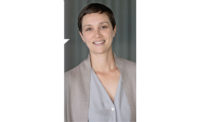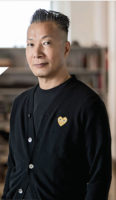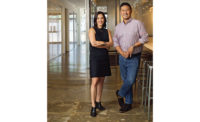SNAP: Excited about any products?
We recently used a slat-sized, glass-fiber-reinforced concrete wall panel, called Öko Skin by Rieder. It’s a high-quality material we used at Northwood Elementary School on Mercer Island in Washington state (shown here). The sandblasted surface gives the material depth and variety, which we used to complement the building’s brick base. And the construction team cut panels to length and drilled fastener holes in the field, which minimized waste and even left the district with surplus stock at the end of the project
And projects?
I fall in love with every project, but our new Arlington Elementary School in Tacoma, Washington, rethinks the basic premise of education design – the classrooms. The district challenged us to grasp the cutting edge of education design in a low socio-economic neighborhood. We provided a core instruction space (600 SF), a project room (1,000 SF), two small-group rooms (150 SF each), a shared large-group exploratory learning lab (3,000 SF), and a connected and contained outdoor learning space (3,000-6,000 SF).
Describe your typical workload for the year?
In the past year, I had the privilege to lead design on six new schools, and followed three through construction. In addition, I oversaw design of another five in the pre-design or planning phases.
That’s a good pace to identify trends. What is the latest?
An increase in non-toxic materials in schools, but we need to do more. Children are especially vulnerable to the impacts of the built environment, and the places they spend a majority of their day should be as free of harmful materials as humanly possible.
When designing for students, what’s most important?
The student is always at the center of our design process. Their mental and physical needs must be met before learning can take place. We begin by asking how our design will promote the students’ healthy development, so they feel empowered to champion their own education. Student-centered design should incorporate opportunities for them to learn at their own pace; help teachers address individual needs; create a sense of community where kids are encouraged to explore, make mistakes, and achieve; and give students and teachers a beautiful building that honors the work that they do there. There is hidden curriculum in the design of schools which too often can communicate a powerlessness to students.
If you had to build with one material, what would it be?
Glass, because it transmits light, which breathes life into collaborative learning. Glass is even better as movable walls to provide schools the flexibility that is so critical to 21st century learning.





